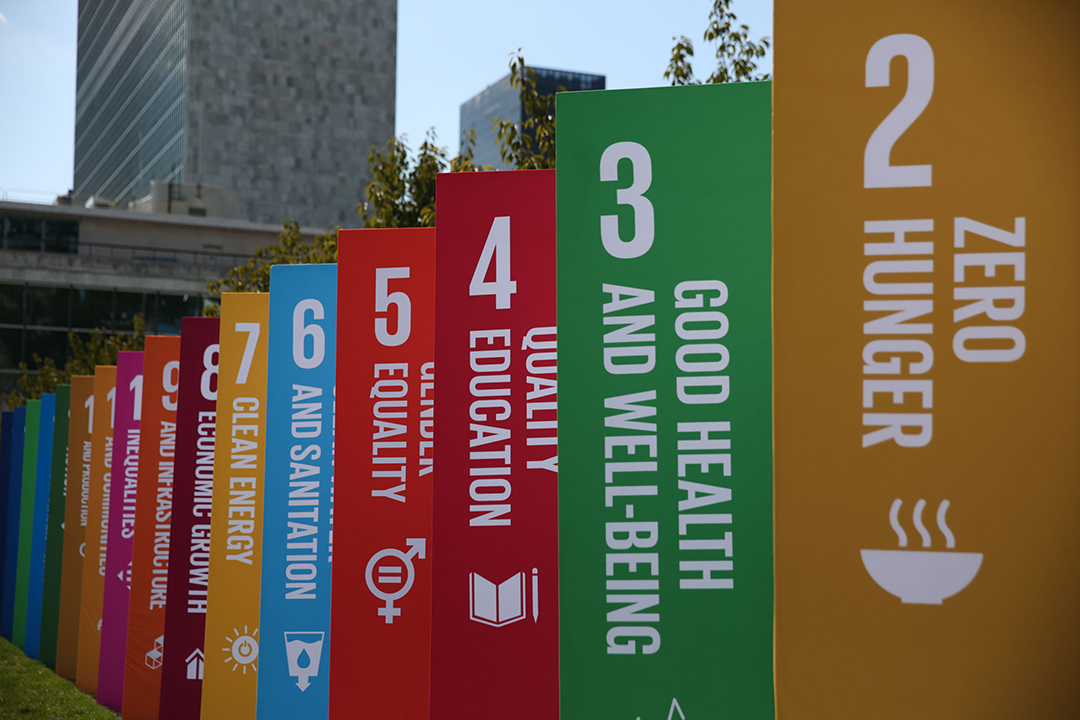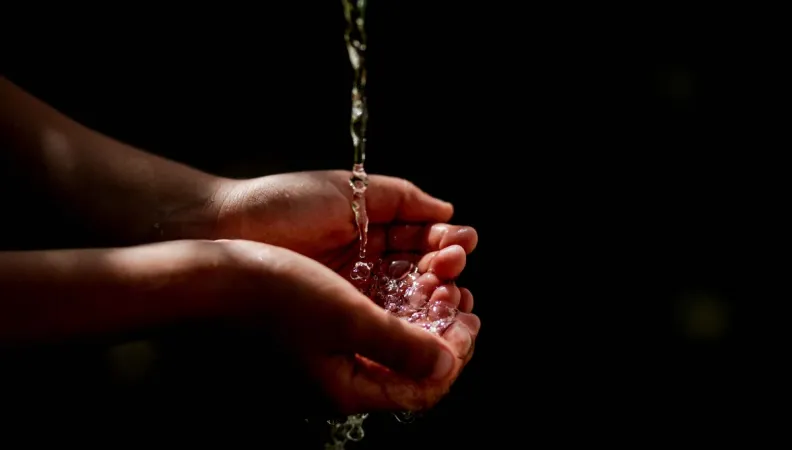Scientists find huge trove of rare metals needed for clean energy hidden inside toxic coal waste
Coal ash, a toxic byproduct of fossil fuel use, holds untapped potential as a source of rare earth elements vital for clean energy technologies. Recent research reveals U.S. coal ash could yield $8.4 billion worth of these metals, offering a sustainable alternative to mining and addressing supply chain challenges.

Millions of tons of coal ash left over from burning the planet’s dirtiest fossil fuel are sitting in ponds and landfills, able to leach into waterways and pollute soil. But this toxic waste may also be a treasure trove for the rare earth elements needed to propel the world toward clean energy.
Scientists analyzed coal ash from power plants across the United States and found it could contain up to 11 million tons of rare earth elements — nearly eight times the amount the US has in domestic reserves — worth around $8.4 billion, according to recent research led by the University of Texas at Austin.
It offers a huge potential source of domestic rare earth elements without the need for new mining, said Bridget Scanlon, a study author and research professor at UT’s Jackson School of Geosciences. “This really exemplifies the ‘trash to treasure’ mantra,” she said. “We’re basically trying to close the cycle and use waste and recover resources in the waste.”
These so-called rare earths are a cluster of metallic elements, with names like scandium, neodymium and yttrium, which exist in the Earth’s core. They have a critical role in clean technology, including electric vehicles, solar panels and wind turbines.
Despite their name, these metals are not rare in nature, but can be hard to extract and separate from the ore that surrounds them such that demand is outpacing supply.
As the world moves away from planet-heating fossil fuels, more rare earths will be needed. Demand for the metals is expected to soar up to seven times current levels by 2040, according to the International Energy Agency.
Yet US supply remains small. Its only large scale rare earths mine is Mountain Pass in California. The country currently imports more than 95% of its rare earth elements, the vast majority of which come from China, posing supply chain and security issues.
“We need to improve the situation,” Scanlon told CNN. That’s why there has been a move to look at unconventional sources of rare earths, she said, “and one of these sources is coal and coal byproducts.”
Coal ash contains relatively low concentrations of rare earth elements compared to what can be mined directly from underground deposits. The advantage is that it’s readily available. Around 70 million tons of coal ash is produced each year in the US.
“There’s huge volumes of this stuff all over the country. And the upfront process of extracting… is already taken care of for us,” said Davin Bagdonas, a study co-author and research scientist at the University of Wyoming.


Where the coal is from determines how straightforward rare earth extraction would be, the study found.
Coal ash from the Appalachian Basin contains the highest amounts of rare earth elements, but only 30% can be extracted. Coal ash from the Powder River Basin, which straddles Wyoming and Montana, has the lowest average concentration of elements but more than 70% can be extracted.
The extraction process from coal ash could be costly, said Paul Ziemkiewicz, director of the Water Research Institute at West Virginia University, who was not involved in the study. The costs of mining need to be weighed against how much product can be recovered, he told CNN.
“Strong acids and bases are needed to extract rare earth elements. Both are expensive,” Ziemkiewicz said. Coal ash from the West can contain higher concentrations of alkaline minerals, he added, which would increase costs as alkalinity neutralizes the acid.
The more chemicals required for the process, the higher the potential environmental impacts.
Rare earth elements also only make up a tiny proportion of coal ash, Ziemkiewicz added, so their extraction “wouldn’t change the volume requiring disposal and storage.” Coal ash contains contaminants like mercury, arsenic and lead, making it a very risky waste stream.
The study authors, however, suggest the value from extracting rare earth metals could be used to offset the costs of improving the way coal ash is stored and managed.
In April, the Biden administration announced a $17.5 million investment into projects to extract rare earths from coal and its waste.
The funding “will increase our national security while helping rebuild America’s manufacturing sector and revitalize energy and mining communities across the country,” Energy Secretary Jennifer Granholm said in a statement at the time.
Some have expressed concerns that transforming coal ash into something valuable could be used to push for more coal, the dirtiest of the planet-heating fossil fuels.
It’s not something Scanlon is too concerned about. “We will be using legacy waste for the most part,” Scalon said. There are currently more than 2 billion tons of coal ash stored across the US, according to the Department of Energy. “There is no indication that future reliance upon coal ash as a feedstock for critical materials will incentivize coal power,” said a DOE spokesperson.
The broader aim is to find out ways to get a range of products from coal in addition to rare earths, Scanlon said, to extract value from it without burning it.
What is Your Reaction?
 Like
0
Like
0
 Dislike
0
Dislike
0
 Love
0
Love
0
 Funny
0
Funny
0
 Angry
0
Angry
0
 Sad
0
Sad
0
 Wow
0
Wow
0









































































